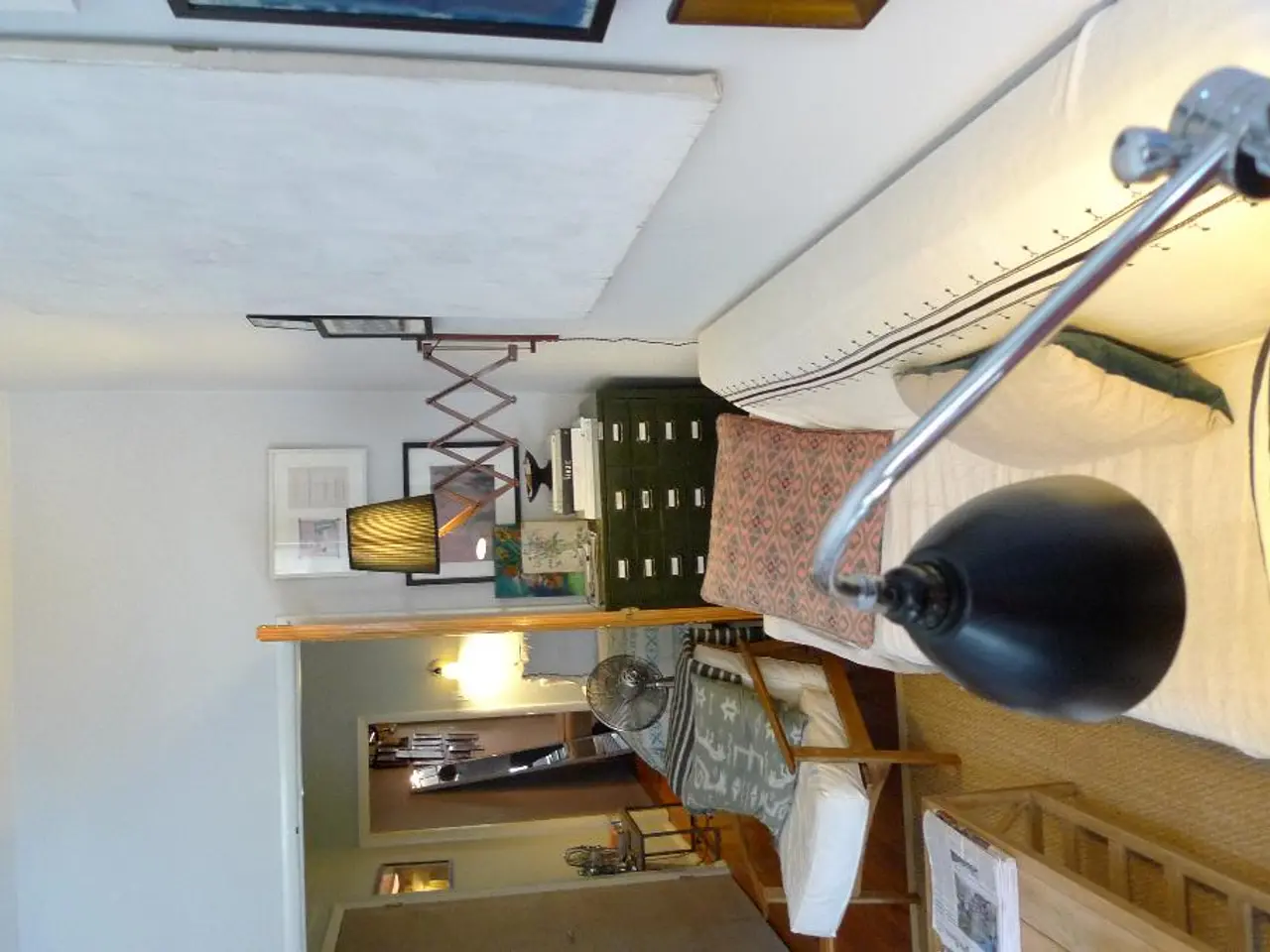Simplified Living Spaces: 24 Subtle, Cozy Minimalist Decor Concepts
Creating a tranquil and balanced living space is easier than you might think. By embracing the principles of Zen and Wabi-Sabi design, you can turn your living room into a serene sanctuary that fosters mindfulness, tranquility, and natural connection. Here are 24 inspiring ideas to help you get started:
1. Minimalistic Design
Clear clutter and keep only essential furniture, preferably low-profile with simple lines to promote spaciousness and calm.
2. Natural Materials
Use wood, bamboo, linen, cotton, wool, and other natural fabrics for furniture, flooring, and textiles to add tactile warmth and connection to nature.
3. Sliding Shoji Screens
Incorporate Japanese-style sliding paper screens to divide spaces softly without blocking light.
4. Tatami Mats or Natural Fiber Rugs
Lay down tatami mats or natural fiber rugs (like jute or wool) to introduce texture and subtle earthiness.
5. Low Furniture
Choose low tables and seating similar to traditional Japanese rooms to foster groundedness and openness.
6. Natural Light Maximization
Use light, sheer curtains (linen or cotton) to allow filtered natural light, enhancing mood and expansiveness.
7. Mirrors to Reflect Light
In rooms with limited light, hang mirrors near windows to brighten and visually enlarge the space.
8. Nature-Inspired Colors
Paint walls or use decor in calming hues such as soft whites, eggshell, blues, greens, and earth tones like tan and light browns for a soothing palette.
9. Houseplants Near Windows
Add green plants for life, air purification, and to connect indoors with the outdoors, ideally near natural light sources.
10. Wabi-Sabi Philosophy
Integrate asymmetrical arrangements and embrace imperfections using reclaimed wood or irregular pottery to cultivate mindfulness and authenticity.
11. Layer Textures
Combine soft cushions, throws, and rugs in natural fabrics to add warmth and depth without clutter.
12. Open Space Layout
Arrange furniture to allow free movement and visual openness; avoid overcrowding walls or corners with too many items.
13. Soft Ambient Lighting
Use wall-mounted, diffused lighting instead of harsh overhead lights to create a calming glow suitable for relaxation and meditation.
14. Zen Minimal Decor
Select meaningful, simple decorative pieces that inspire calm and reflect your spiritual practice, avoiding unnecessary ornamentation.
15. Natural Scents
Incorporate subtle scents with essential oils or candles featuring sandalwood, lavender, or bamboo to engage scent in relaxation.
16. Water Elements
Add a small tabletop water fountain or aquarium to introduce gentle sound and visual calm.
17. Mindful Arrangement
Position furniture and decor mindfully to support spiritual practices, meditation, and restful living.
18. Soft Floor Seating
Use floor cushions or poufs to encourage connection to the earth and informal gatherings.
19. Art Inspired by Nature
Hang simple, nature-themed artwork or calligraphy that enhances the peaceful vibe.
20. Natural Fiber Window Coverings
Use blinds or curtains made from bamboo or linen to regulate light and maintain natural textures.
21. Use of Bamboo Elements
Bamboo furniture or planters add an authentic natural feel aligned with Zen aesthetics.
22. Declutter Storage Solutions
Use hidden storage or minimalist shelving to keep surfaces clean and orderly.
23. Quiet Technology Use
Minimize visible electronics to keep the environment serene and less distracting.
24. Create a Meditation Corner
Dedicate a peaceful nook with a cushion, incense holder, and calming decor to serve as your Zen sanctuary within the room.
By combining these ideas, your living room will embrace Japanese Zen and Wabi-Sabi design principles that foster mindfulness, tranquility, natural connection, and balance. This holistic approach turns everyday living spaces into restorative retreats.
Personal Touches
While minimalism is key, don't shy away from incorporating a few personal touches that hold meaning for you. This could include thick curtains, upholstered furniture, or even strategically placed acoustic panels.
A Reading Corner
By including a carefully curated bookshelf in your Zen living room, you can add a touch of intellectual peace to the space. A well-placed rug can help to define different zones within an open-plan living room, contributing to a sense of order and balance. This not only adds visual interest but also encourages moments of quiet contemplation and learning.
Comfort and Functionality
This design choice aligns with the minimalist principles of Zen, emphasizing simplicity and functionality. Consider opting for furniture with a low profile in your Zen living room. The tactile nature of these rugs adds a layer of warmth and coziness to the space. This could be a comfortable armchair with a soft throw and a small side table for a lamp and a cup of tea. Arrange them neatly, perhaps alongside a few small decorative objects.
By focusing on these elements, you'll create a living room that is both functional and serene, providing a sanctuary for relaxation, reflection, and mindfulness.
- Incorporate comfortable seating and soft textiles in natural materials, such as luxurious throws and plush armchairs, to blend the principles of Zen with modern fashion-and-beauty trends, creating a tranquil room that exudes both calm and sophistication.
- To infuse a touch of mindfulness into your home-and-garden lifestyle, consider crafting a DIY aromatherapy diffuser using essential oils or natural materials found in nature, like driftwood or bamboo. This unique piece adds a personal touch while promoting relaxation and well-being within your living space.




